8 Terrible Typhoons

Typhoon trouble
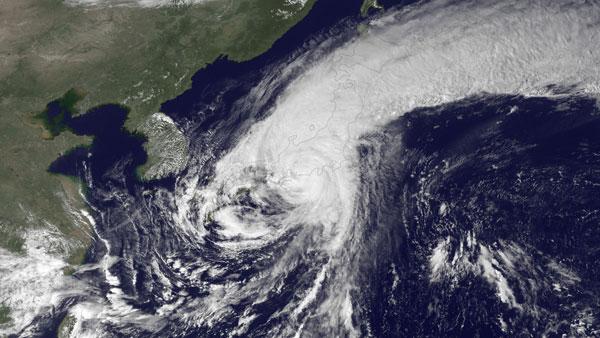
When Typhoon Roke came ashore on Sept. 21, it became the second typhoon to hit Japan this month. The storm was equivalent to a Category 4 hurricane on the Saffir-Simpson scale, but it's not close to being among the biggest, baddest typhoons.
"Typhoon" is the term used for powerful storms that form in the western Pacific and southeastern Indian Ocean, while "hurricane" refers to storms that start in the Atlantic, Caribbean and northeast Pacific.
Typhoons rotate counterclockwise if they form in the Northern Hemisphere, while so-called "backward" storms, which rotate clockwise, form in the Southern Hemisphere. Clockwise-rotating storms are most common in the Indian Ocean and off the coast of Australia; backward hurricanes in the Atlantic basin are extremely rare.
Here are eight of the biggest, strongest and longest lasting typhoons on record:
Typhoon Nancy
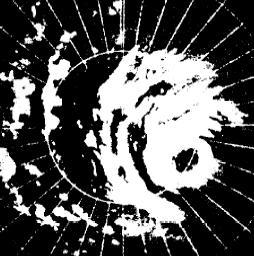
Typhoon Nancy formed on Sept. 12, 1961, in the Northwest Pacific region. Nancy had possibly the strongest winds ever measured in a tropical cyclone (tropical storms, hurricanes and typhoons). Nancy's estimated sustained winds were at 213 mph (343 kph), making the storm a Category 5 super typhoon.
However, measurements taken that long ago are now believed to be somewhat too high. Several typhoons have had verified wind speeds of 190 mph (306 kph), which is the second highest on record.
Nancy caused widespread devastation across Japan and Guam, were up to 191 people died.
Get the world’s most fascinating discoveries delivered straight to your inbox.
Typhoon Megi
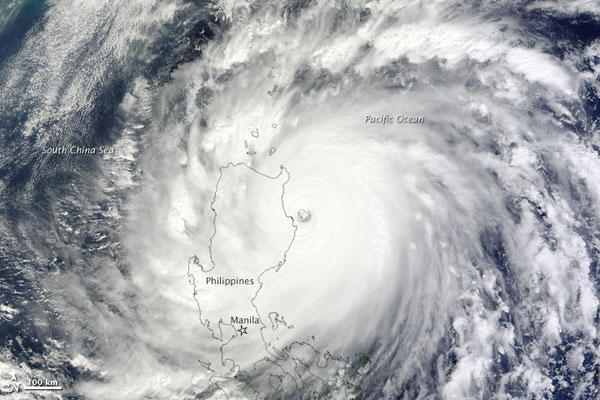
Typhoon Megi made landfall early on Oct. 18, 2010, in the Philippines and was one of the strongest typhoons on record. Spanning more than 370 miles (600 kilometers), the mega-storm sustained winds of 178 mph (287 km per hour), according to the United States' Joint Typhoon Warning Center (JTWC).
Megi, which is Korean for "catfish," became a "super typhoon" when its wind speeds reached 150 mph (241 km per hour) this is what designates a super-typhoon in the northwestern Pacific, according to the JTWC. A tropical cyclone must reach winds of at least 74 mph (119 kph) in order to be considered a typhoon.
Megi killed 69 people across the Philippines and Taiwan.
Typhoon Vera
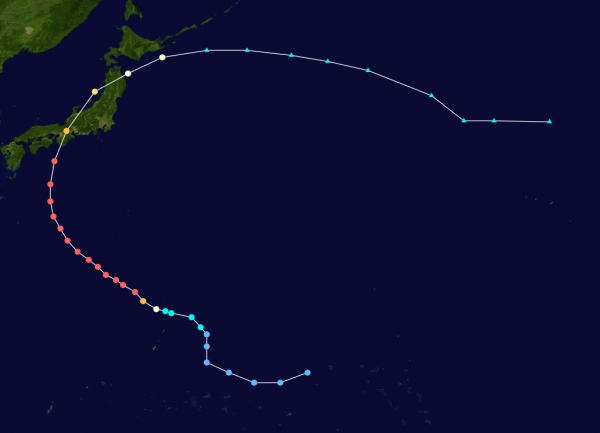
One of the deadliest typhoons, Vera crashed into Japan in late-September 1959, killing 5,098 people and injuring nearly 40,000 more.
Much of Vera's damage was not from its strong winds of up to 190 mph (305 kph), but from severe flooding in the Ise Bay near the city of Nagoya. The storm surge destroyed sea walls, drowned crops and disrupted roads and railways. 1.5 million people were homeless after the typhoon, and large outbreaks of dysentery, gangrene and tetanus ensued.
Vera's devastation prompted building of the Mount Fuji Radar System to anticipate major storms in the future.
Typhoon Sarah

Super Typhoon Sarah, which peaked at 190 mph (310 kph), made landfall on southern South Korea on Sept. 17. 1959. Sarah's high winds and rain caused 6 deaths, destroyed 6,000 houses and ruined millions of dollars in crops.
Across Korea, extreme flooding and storm surge killed 669 people and left 782,126 homeless. Flooding in Japan killed 24, with thousands of houses either destroyed or damaged.
Typhoon Forrest

Super Typhoon Forrest developed in the Western Pacific Ocean in September 1983 over the open ocean. It was the fastest-developing tropical cyclone on record, with a pressure drop of 100 millibars in a 24-hour period.
Forrest struck Japan as a tropical storm on Sept. 28 with gusting winds of up to 85 mph (137 kph). Up to 19.0 inches (48.3 centimeters) of rain fell across Japan, damaging 46,000 homes. Overall, the storm caused 21 casualties and moderate damage.
Typhoon John
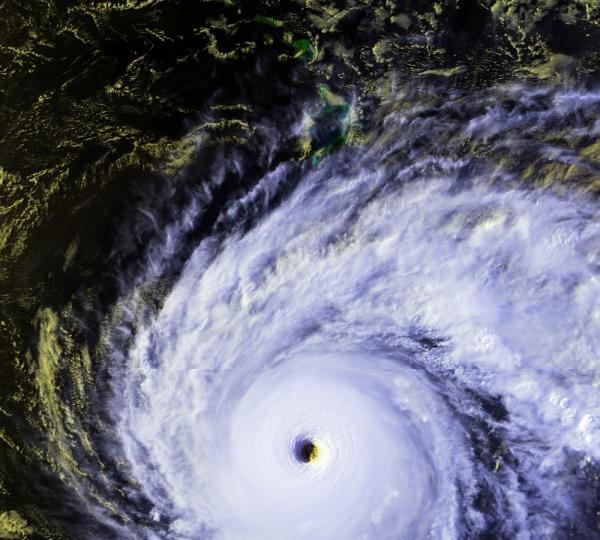
John was both the longest-lasting and the farthest-traveling tropical cyclone ever observed. John formed during the strong El Niño of 1991 to 1994 and peaked as a Category 5 hurricane.
Over its lifetime, John followed a 7,165 miles (13,280 km) path from the eastern Pacific to the western Pacific and back to the central Pacific, lasting 31 days in total. Because it existed in both the eastern and western Pacific, John was one of a small number of tropical cyclones to be designated as both a hurricane and a typhoon.
John mostly stayed over the ocean, and and caused only small damage in Hawaii.
Typhoon Nora
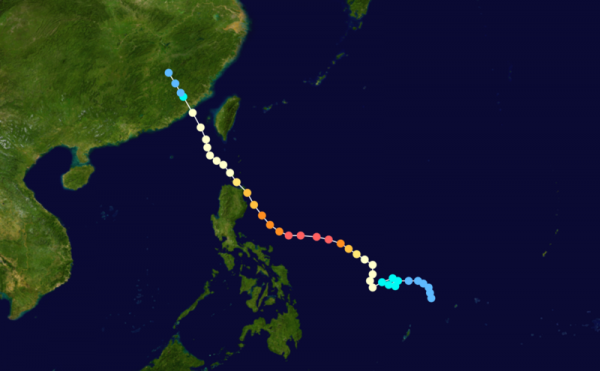
Nora has the less-heralded distinction of having the warmest eye of any tropical cyclone at 86 degrees Fahrenheit (30 degrees Celsius).
Nora became a super typhoon with winds of up to 185 mph (298 kph). Nora weakened to a small typhoon as it hit southeast China on the Oct. 10, 1973. The typhoon caused 18 fatalities, and over $2 million in damage.
Typhoon Tip

Typhoon Tip formed in the Northwest Pacific Ocean on Oct. 12, 1979, and was the largest and most intense tropical cyclone on record. The storms diameter was 1,380 miles (2,220 km), almost half as large as the continental United States.
The storm had a measured central pressure of 870 millibars and estimated surface sustained winds of 190 mph. Tip killed 86 people across Japan and Guam.
Tip was also one of the most closely watched tropical cyclones. The U.S. Air Force flew 60 missions into the typhoon.
Despite its impressive and deadly resume, the name Tip was not retired and was reused as recently as 1989.
Follow OurAmazingPlanet for the latest in Earth science and exploration news on Twitter @OAPlanet and onFacebook.



